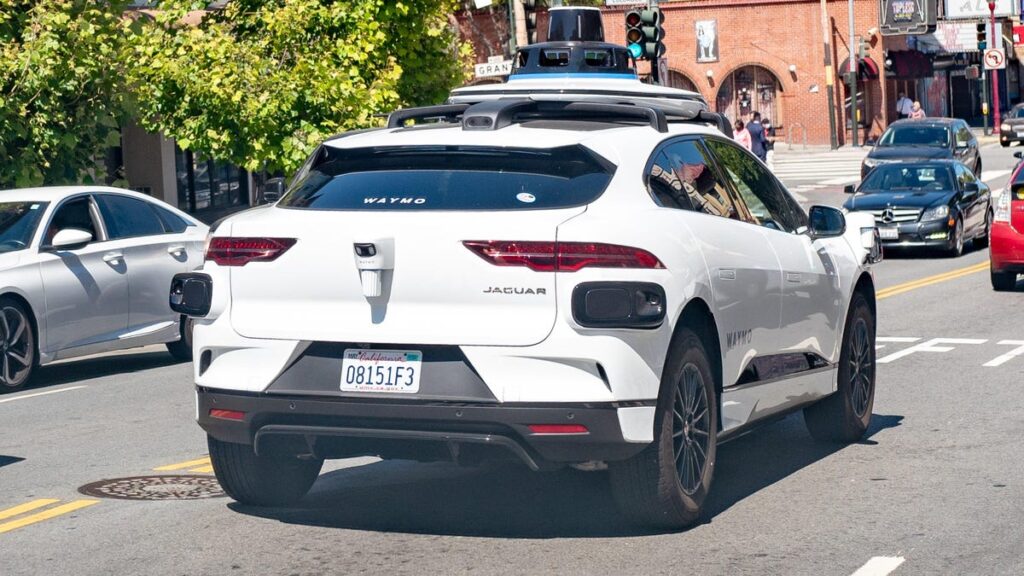Watch What Happens When a Self-Driving Car Clogs Up San Francisco Streets

San Francisco is the epicenter of self-driving car testing and development, with dozens of robotaxis roaming the roads. Manufactures want more taxis with more area and more drive time, but the technology isn’t perfect, and the proliferation of self-driving cars is causing a significant spike in chaos on city streets. Wired got ahold of the dash cam footage of eight of these incidents, and they look just as frustrating as you probably imagined.
Watch Andy Lose His Mind Over the Dodge Challenger Demon 170
The San Francisco Municipal Transportation Agency provided Wired with dashcam footage from eight incidents involving public transit run ins with self-driving cars. It paints a grim picture of public transit riders bearing the brunt of these new tech toys’ awkward learning phase:
The records obtained by WIRED are more focused. They follow a previously unreported directive to staff of the San Francisco Municipal Transportation Agency handed down last October to improve record keeping of incidents involving autonomous vehicles. Muni, as the agency is known, standardized the term “driverless car” when staff report “near-misses, collisions or other incidents resulting in transit delay,” according to the directive. Agency logs show 12 “driverless” reports from September 2022 through March 8, 2023, though Muni video was provided for only eight of these cases. Overall, the incidents resulted in at least 83 minutes of direct delays for Muni riders, records show.
That data likely doesn’t reflect the true scale of the problem. Muni staff don’t follow every directive to the letter, and a single delay can slow other lines, worsening the blow. Buses and trains cannot weave around blockages as easily as pedestrians, other motorists, and cyclists, saddling transit-dependent travelers with some of the biggest headaches caused by errant driverless cars, according to transit advocates.
San Francisco officials say they want to be supportive of new technology, but they first want to be shown progress on addressing failures—like random stops in front of buses and trains. “What we’re seeing is a significant uptick in traffic and other kinds of chaos on our streets,” says Jeffrey Tumlin, Muni’s director of transportation. “We are very concerned that if autonomous vehicles are allowed limitless, driverless operations in San Francisco that the traffic impacts grow exponentially.”
Bus drivers and train operators in the dashcams can be heard getting particularly pissed off at self-driving cars cutting them off and stranding them in traffic (buses are not allowed to back up without a supervisor on hand.) Passengers are also unimpressed, with footage of one woman flipping a Waymo robotaxi the bird.
Of course, it’s not just public transit riders who are suffering slow downs and delays of an already notoriously underfunded service. Regular drivers get caught behind stalled self-driving cars regularly. However, mass transit is a particularly hard hurdle for self-driving cars to clear; of the 92 unplanned stops self-driving cars over an eight-month period in 2022, 88 percent involved public transit, Wired reports.
The entire story from Wired is a great read and you can watch the dashcam footage over there. It makes you think, after over 10 years and $10 billion in investment, what if self-driving cars just won’t ever happen?


